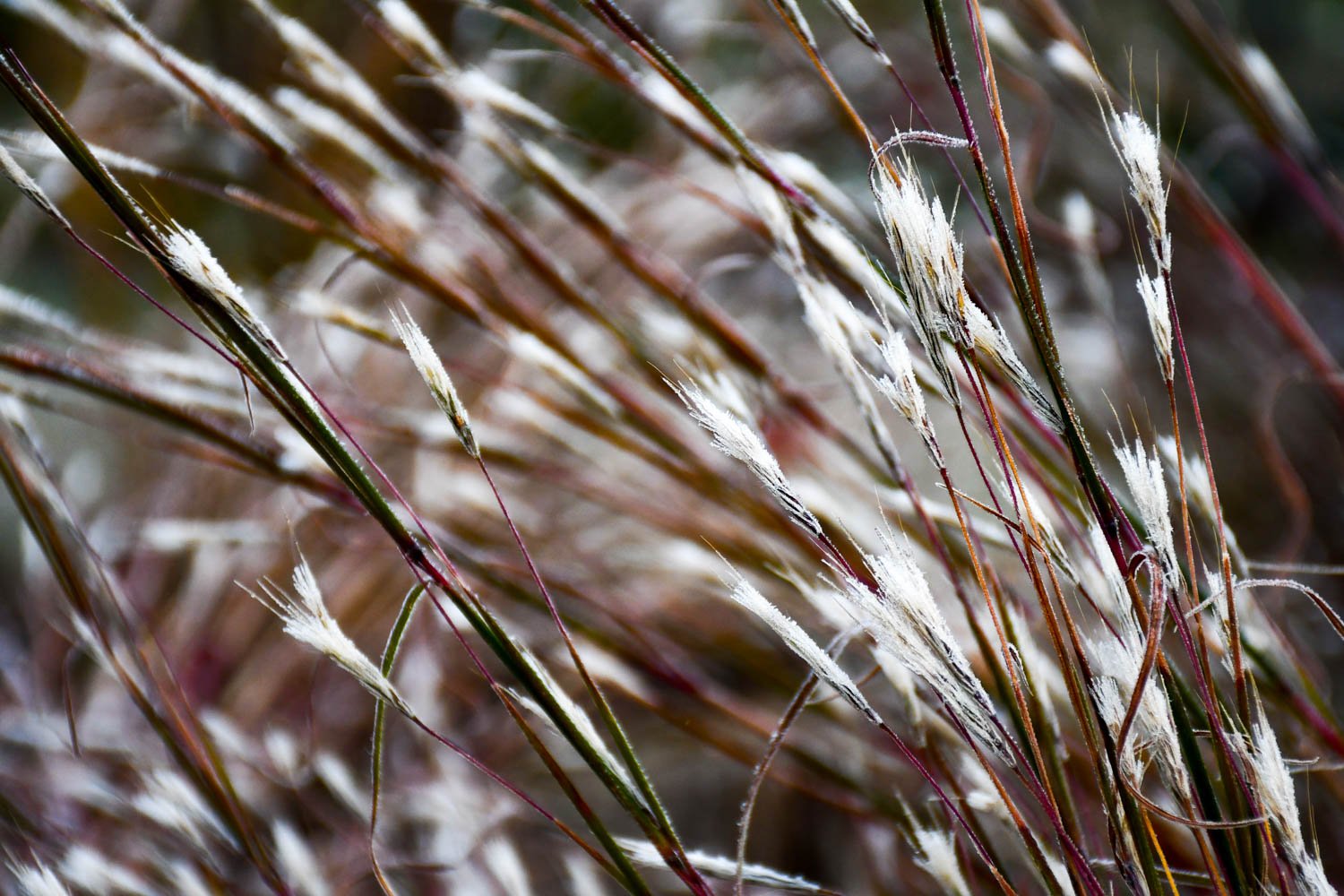I turn 40 this coming week, and life so far has been a fun ride. I thought the first 30 years were great, but the past 10 years have been marvelous. We got married, bought a house, and had a kid (let’s be honest, that’s been the best part!). My passion for plants has been recognized with features in The NY Times and Horticulture magazine, and I’ve been asked to give 70+ lectures around the country. And, I have a garden now that I can call my own. Sure, at times it’s a bit weedy or a bit hot and dry as it seems to be each year around my birthday, but it is such a joy to be able to walk outside and see ideas growing into existence.
I saw where thought leader Justin Welsh had shared for his birthday a list of lessons learned over the years. So, here’s 40 ideas that I’ve learned in my 40 years that I use on a regular basis in my planting practice.
Pulling soil off the top of the rootball and putting it in the bottom of the planting hole can help to reduce introducing weed seeds to new plantings.
On weeds, one year’s seeding means seven years weeding.
If your garden has coherence, complexity, legibility, and mystery, you’re off to a great start.
Beth Chatto told me about right plant, right place when I visited her in 2010. It was an eye opening way to think about how to plant.
Foliage (and sometimes seedheads) lasts longer than flowers.
Steven Pressfield’s Resistance finds us in the garden, too. It’s easier to see once it has a name.
Every plant has its moment. Learn what that moment is and ask how can you help it shine?
Check your biases against a plant (unless it is invasive as all get out). You may be overlooking some great ones.
The landscape tells a story. Listen and ask what can you do to tell it better?
It's okay to let go of plants that don't thrive.
“Stress is an asset.” — Thomas Rainer and Claudia West
Be the bison and introduce disturbance to your garden.
Maybe we should focus on making plants healthier to resist pests than kill them as messengers (From Eliot Coleman in The New Organic Grower).
Flame weeding is very helpful for keeping the kitchen garden clean. Safety first!
Keep growing. Even 1% better compounds.
Plant in communities and layers, not in isolation.
Having your own spot to trial plants before you use them on a larger scale is priceless.
Simplify.
It’s ok for things to get eaten. Remember you’re supporting biodiversity. Ok, except by deer. Motion sprinkler for the win.
Make edges. Where two habitats meet is where magic happens.
Automating watering is smart and even better if it is drip.
Have a way for capturing ideas and memories in the garden—a notepad, an app, photographs, and/or a recorder. Some of your best ideas come to you when weeding.
Visit gardens and make friends with people in other areas. You’ll be surprised what you learn.
Stress and disturbance have led plants to evolve three growth strategies—competitors, stress tolerators, and ruderals. Once you learn the traits, you can’t unsee these three strategies.
Mother Nature hates bare soil. Cover it yourself, or she’ll cover it for you.
Spinach survived 9°F under cover for me. Some cool-season crops are quite hardy and can survive winter cold with season extension.
Compost and leaf mold are two of the best free things on the planet.
With clean lines you can let things go a little wild.
Explore natural areas and look for lessons that you can bring home to your garden and your designs.
When all else fails, add more grasses and sedges.
Emulate nature.
“Brown is also a color.” — Piet Oudolf
Collect seed when you have the thought. Don’t say I’ll do that tomorrow. They’ll be gone.
Design with winter in mind first.
Plants have a natural way they arrange themselves. Try to visualize their arrangement in your head and ask if they look right?
Plant native when possible.
It’s your garden, and it’s ok to garden differently.
Maximize the seasonal interest.
If you roll hoses in a figure 8 shape, you can reduce kinks.
“Laughing brains are more absorbent.” — Alton Brown












